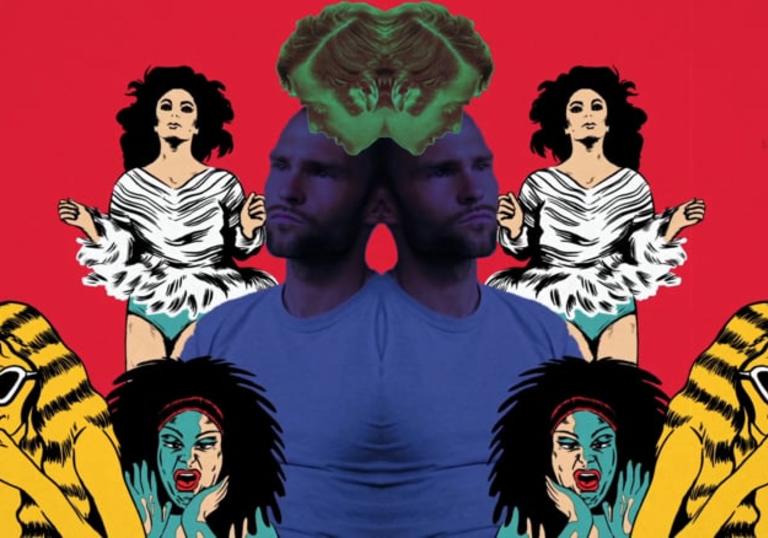Ever since the image of a woman’s eyeball being sliced with a razor was dreamt up by Luis Buñuel and Salvador Dalí, a whole renegade strand of cinema has delighted in brutally assaulting its audience, violently forcing it to face the gory nature of the body and the mulchy depths of the psyche. The cinematic shock of Un Chien Andalou dynamited the rules and opened up an unfettered mind space no longer encumbered by social norms and conventional morality. Its confrontational approach has spawned many heirs, who each in their own ways have continued its subversion of dominant views and codes.
Sensational imagery is not enough: it has to be part of a coherent worldview
The value of shock is vital in jolting viewers out of complacent preconceptions, but not all shock has value. As John Waters writes, ‘It’s easy to disgust someone. I could make a ninety-minute film of people getting their limbs hacked off, but this would only be bad bad taste and not very stylish or original. To understand bad taste one must have very good taste.’ In Female Trouble, the hilariously hideous imagery is not simply there to repel the audience, but it deliberately and relentlessly annihilates conventional views of beauty, family and sexual identity in an anarchic demolition of all moral and social order. In other words, sensational imagery is not enough: it has to be part of a coherent worldview. Only then can it become a powerful weapon of subversion.
With sensational imagery as its stock-in-trade, exploitation film was a fecund, festering soil for everything from cynical fast-buck sex and violence to complex, challenging, ambivalent works. While it may be the former that the public generally associates with the genre, as an area functioning outside of the mainstream, exploitation film offered a space for the beautifully strange, grotesque, delirious and provocative creations of those who found themselves on Hollywood’s margins. In particular, it gave a number of women, such as Stephanie Rothman and Barbara Peeters, the opportunity to work as directors, which would have been unthinkable in the studios at the time.
Their female-focused approach clashed with producer Roger Corman’s demand for bare flesh and savage thrills, but it is precisely those tensions that made their work so interesting. In their films, shock was both exploitative and liberating, charged with two different, wildly contradictory meanings, part of a commercial male-orientated film form while simultaneously undermining the dominating patriarchal order.
It is never just about the slicing of the eyeball...
Despite the current escalation of graphic horror imagery, shock has not lost its subversive power. Simply, it is not found in the methodical atrocities of Saw, or Hostel, or even The Human Centipede, but rather in the frontal, lurid, excessive worlds of Catherine Breillat and Lars von Trier, and, most recently, Emiliano Rocha Minter. What makes their work so rich and potent is not the explicit content but its devastating implications. It is never just about the slicing of the eyeball; it is about the tremors of the shock and the shattering of the rigid structures that held that system of vision in place.

